We were lucky to catch up with Hannah Rhinehart recently and have shared our conversation below.
Alright, Hannah thanks for taking the time to share your stories and insights with us today. We love heartwarming stories – do you have a heartwarming story from your career to share?
During my college years as a voice performance major, I spent my summers working at a camp for children and adults with mild to moderate developmental disabilities. The camp was a joyful place, filled with laughter & connection. It was there, surrounded by people with unique needs and strengths, that I first understood music could be used as more than a form of expression—it could be a tool for well-being.
One particular summer, I was a counselor to a teenage girl who wasn’t reliably verbal. Her parents had shared with me that she adored all things Disney princesses, and I knew from that moment we would get along wonderfully. I was excited to bond over songs that had filled my own childhood with magic.
But shortly after her parents left, she became dysregulated—hitting herself, other campers, and staff. The camp wasn’t equipped to handle her needs, and it quickly became clear that we had to call her parents to pick her up. The camp nurse arrived and did her best to manage the situation, but even with safety protocols in place, nothing was calming her. It broke my heart to see her so distressed and to feel powerless in the moment.
And then I remembered—Disney. Her parents had mentioned her love for those songs. I wondered if music, which had always been a source of comfort for me, might do the same for her. I began singing softly, ‘Part of Your World’ from The Little Mermaid. At first, she didn’t respond, but slowly, I saw her tense body start to relax. After a few more verses, something incredible happened—she started to sing with me.
It was like a door had opened. Together, we sang, and with each word, I could see her calming. Soon, we were tapping out drum patterns on our laps, matching each other’s rhythms. The nurse, who had been standing by, was able to step back, and we shared those musical moments until her parents arrived. By then, she was able to move freely around the room without becoming overwhelmed.
That was the day everything changed for me. The camp nurse, who had witnessed the transformation, asked if I had ever heard of music therapy. I hadn’t, but I was intrigued. When I researched it later, I realized that this was what I was meant to do. Music had always been my passion, but now I understood how it could be a tool to help others in ways I had never imagined.
Since then, I’ve spent years learning about the brain and the profound ways music impacts our health and well-being. I’m now a neurologic music therapist, helping people navigate developmental and neurologic injuries. It’s a privilege to use the medium I love to affect real change in people’s lives.
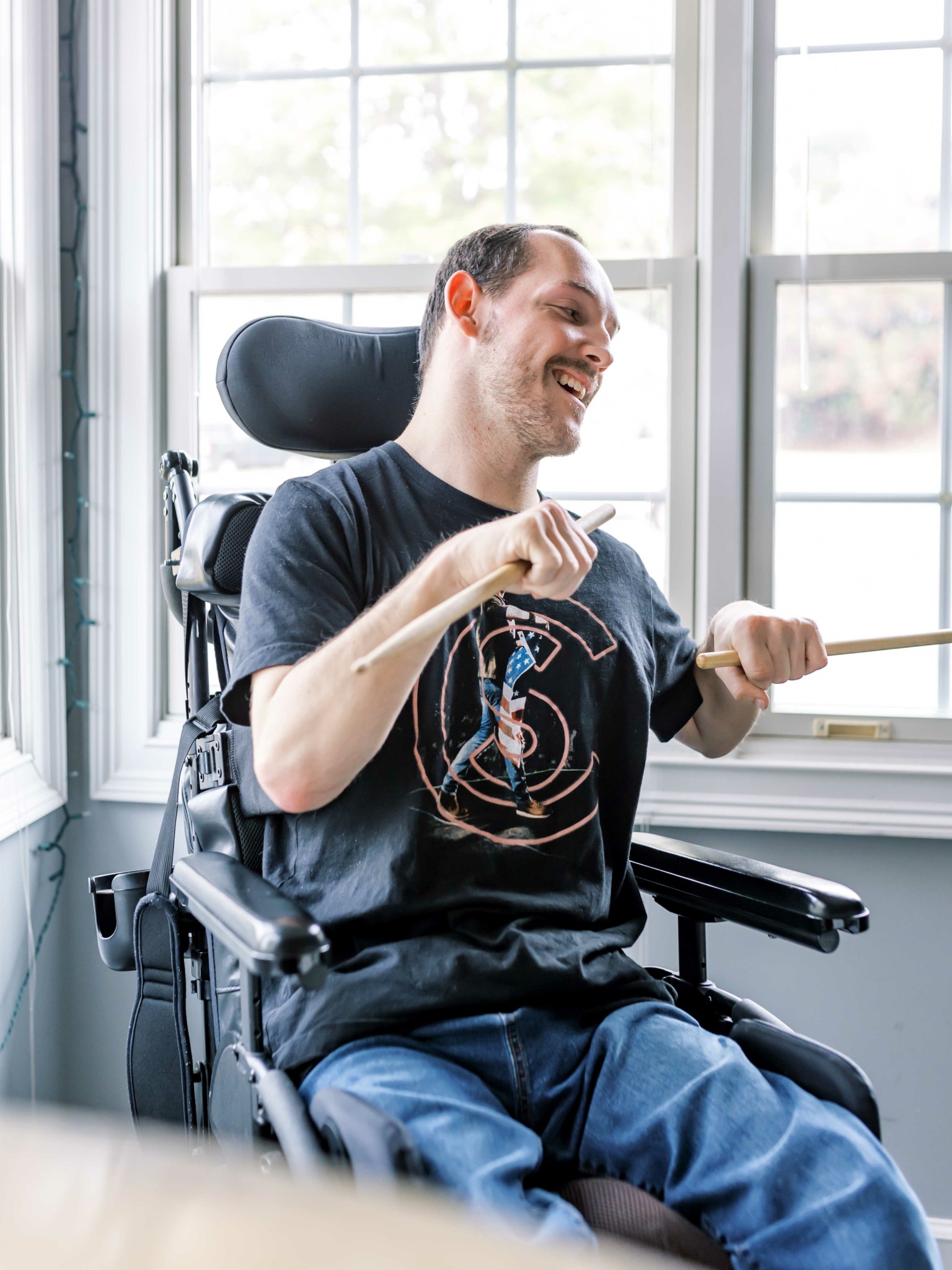
Hannah, before we move on to more of these sorts of questions, can you take some time to bring our readers up to speed on you and what you do?
I vividly remember telling my mom when I was around 10 years old that I wanted to be a singing doctor. Back then, I was somewhere between wanting to be Hilary Duff and Florence Nightingale. Music always felt like a natural part of who I was, and by the time I reached high school graduation, pursuing a career in music seemed like the obvious path forward.
While studying voice performance in college, a chance experience changed everything. During the summers, I worked as a counselor at a camp for children and adults with mild to moderate developmental disabilities. One summer, I had a camper, a non-verbal teenage girl, who loved Disney princesses. When she became dysregulated and overwhelmed, the usual interventions weren’t working, and I felt helpless. In that moment, I started singing one of her favorite songs, and something amazing happened—she calmed down and even began to sing along with me. It was then that the camp nurse asked if I had ever heard of music therapy. That moment sparked something in me, and when I learned more about the field, it felt serendipitous—like I could finally live out my 10-year-old self’s dream.
After that, I worked hard to earn my degree in music therapy, completed a 1,200-hour clinical internship, and became a board-certified neurologic music therapist. I had the privilege of working at a private practice that taught me so much about my clients and their journeys, as well as what it means to be a skilled, compassionate therapist. My early experiences in the field shaped the way I approach my work—always striving to see the person behind the diagnosis and using music to help unlock their potential.
Then, the pandemic brought an unexpected opportunity. I stepped into the executive director role at what was then a small nonprofit in Roswell that focused on providing music therapy scholarships. At the time, the organization primarily raised funds for local scholarships, but we quickly realized that the pandemic was creating an even greater need for our services. Families with high needs were struggling more than ever, with fewer resources and growing isolation. We knew we had to step into that gap, so we expanded our mission.
We reimagined the organization and built what is now Perfect Harmony Health—a nonprofit that provides high-quality, innovative neurologic music therapy for underserved populations. What makes me most proud isn’t just the organization we’ve grown into but how we’ve become leaders in our field. We’ve made intentional investments in education and professional development, ensuring that both our employees and the individuals we serve receive the highest standard of care. Every step we take is centered around providing holistic support—addressing not only the immediate needs of our clients but also empowering them to live fuller, healthier lives.
At Perfect Harmony Health, we are committed to bridging the gap for those who may not otherwise have access to these services. Programs like our Singing with Parkinson’s choir allow us to serve clients not just locally, but also across 14 states and internationally. We’ve learned how to harness the power of music in ways that are both scientifically grounded and deeply human, helping people improve their speech, motor skills, emotional well-being, and sense of connection.
If there’s one thing I want people to know, it’s that we’re not just providing music therapy—we’re changing lives. Music has the power to rewire the brain, restore what seemed lost, and help people reconnect with themselves and the world around them. It’s a privilege to do this work, and I feel incredibly fortunate to be able to combine my passion for music with my commitment to making a difference.
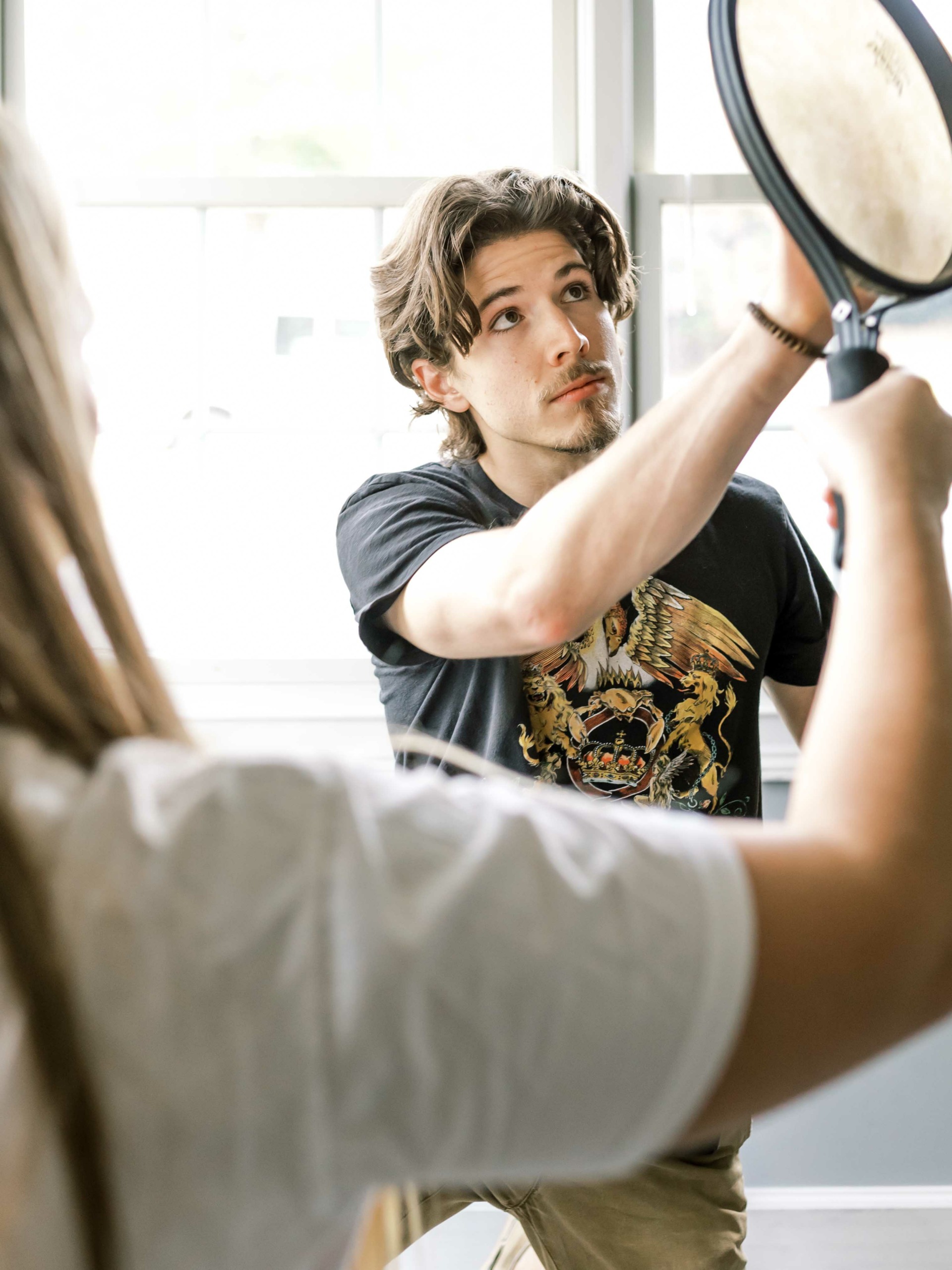
Any advice for growing your clientele? What’s been most effective for you?
The most effective strategy for growing our clientele at Perfect Harmony Health has been a combination of relationship-building, outreach, and storytelling. From the very beginning, we focused on creating genuine connections with individuals, families, healthcare providers, and community organizations. Music therapy is still unfamiliar to many, so building trust and showing the tangible impact of our work has been essential.
We rely heavily on word of mouth and testimonials from satisfied clients. The heartfelt stories we hear—like a young client on the autism spectrum learning to express their emotions through song—resonate with new clients and their families. Sharing those personal stories in our community newsletter, on social media, and through virtual events has created an authentic connection with potential clients. People are drawn to real examples of transformation, and those stories become our strongest advocates.
Another key strategy has been strategic partnerships with healthcare providers and other community organizations. By collaborating with neurologists, rehabilitation centers, support networks, and schools, we’ve reached clients who could benefit the most from our services. These partnerships position us as a trusted extension of their care teams, which has helped us grow organically within the healthcare ecosystem.
We also expanded our reach through virtual programs, especially during and after the pandemic. Moving services online allowed us to remove geographic barriers, enabling us to serve participants across multiple states and even internationally. Programs like our Singing with Parkinson’s choir not only increased our client base but also created a global community of support.
Finally, educating the public about music therapy has been crucial. We’ve given talks at conferences and shared research-based content to demonstrate how neurologic music therapy works. By showing the science behind what we do, we’ve built credibility with both clients and professionals in the healthcare space.
Our success comes down to the idea of connection first, services second. People come to us because they feel seen, heard, and valued. When we build relationships with our clients and partners, growth follows naturally—and it’s growth rooted in trust, which makes all the difference.

Do you have any insights you can share related to maintaining high team morale?
I believe managing a team and maintaining high morale starts with building authentic relationships. People thrive when they feel valued, understood, and part of something meaningful. Leadership isn’t about dominance or control—it’s about collaboration and trust. One of the most important things I do is make time to connect with my team and make sure everyone has an opportunity to be heard. Understanding who they are, their strengths, and what motivates them allows me to support them more effectively.
Acknowledging accomplishments—big or small—is another key strategy. Whether it’s a team-wide shout-out, a personal message of thanks, or celebrating milestones together, recognition fuels motivation. People want to feel like their work matters, and when we celebrate those wins, it reinforces the value of what we’re doing.
I also encourage my team to take breaks and prioritize well-being. Burnout is real, especially in emotionally demanding work like ours, so we try to foster a culture that normalizes rest. Whether it’s setting realistic deadlines, scheduling wellness check-ins, or just reminding each other to step away for a breather, it’s important to model balance as part of the work culture.
Another piece of advice I’ve learned is embracing vulnerability as a leader. There are times when I don’t have all the answers or when things don’t go as planned. Being honest with the team in those moments builds trust and shows them that it’s okay to not have everything figured out. It’s in these moments that we grow the most, together.
Ultimately, leading with empathy and intention is at the heart of maintaining high morale. I want my team to know that their well-being is just as important as the work we do. When people feel seen, supported, and aligned with a shared mission, they bring their best selves to the table—and that’s when truly meaningful work happens.
Contact Info:
- Website: https://Perfectharmonyhealth.com
- Instagram: https://www.instagram.com/perfectharmonyhealth/
- Facebook: https://www.facebook.com/PerfectHarmonyHealth
- Linkedin: https://linkedin.com/in/hannah-rhinehart
- Youtube: https://www.youtube.com/c/PerfectHarmonyHealth


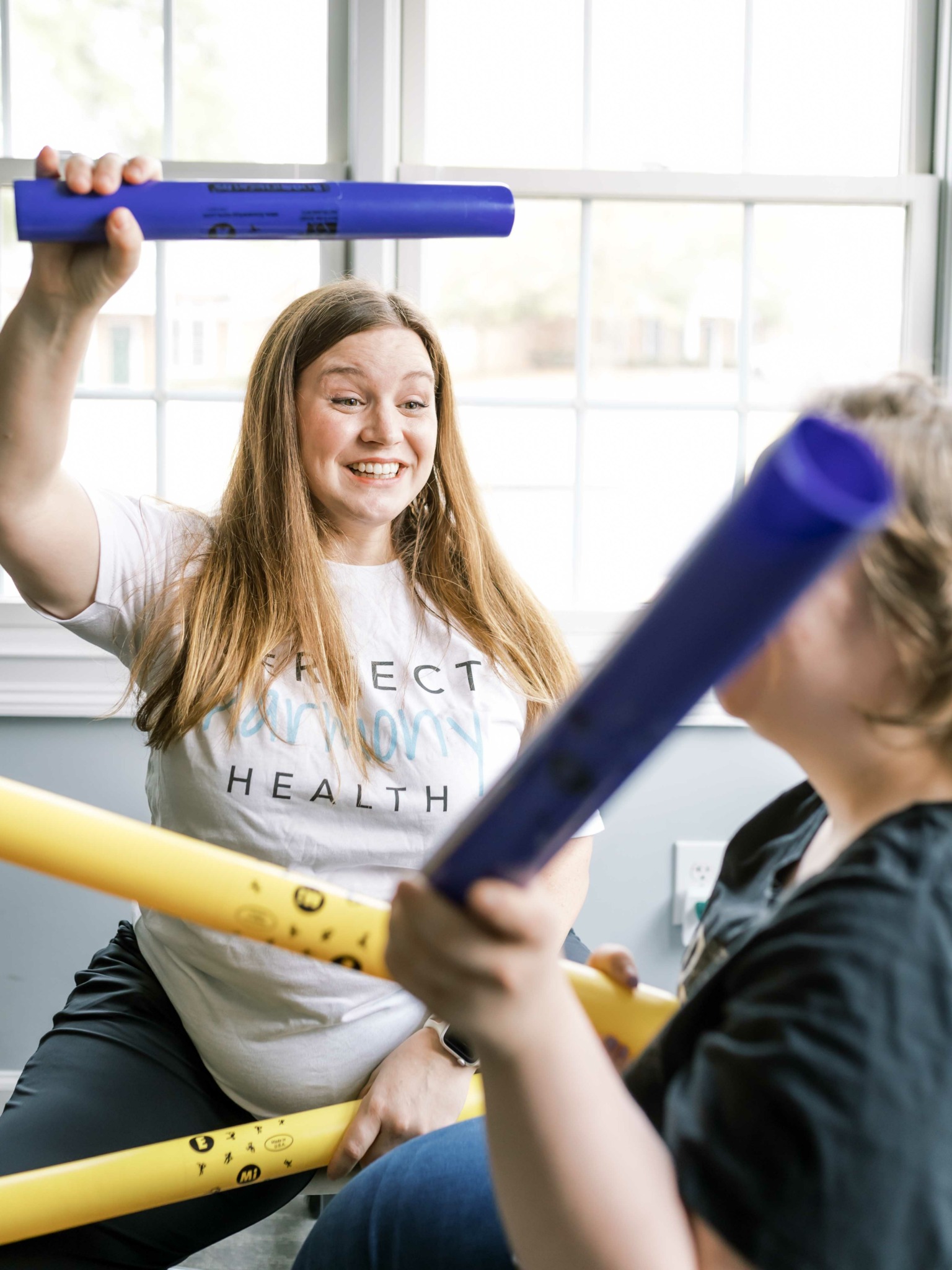
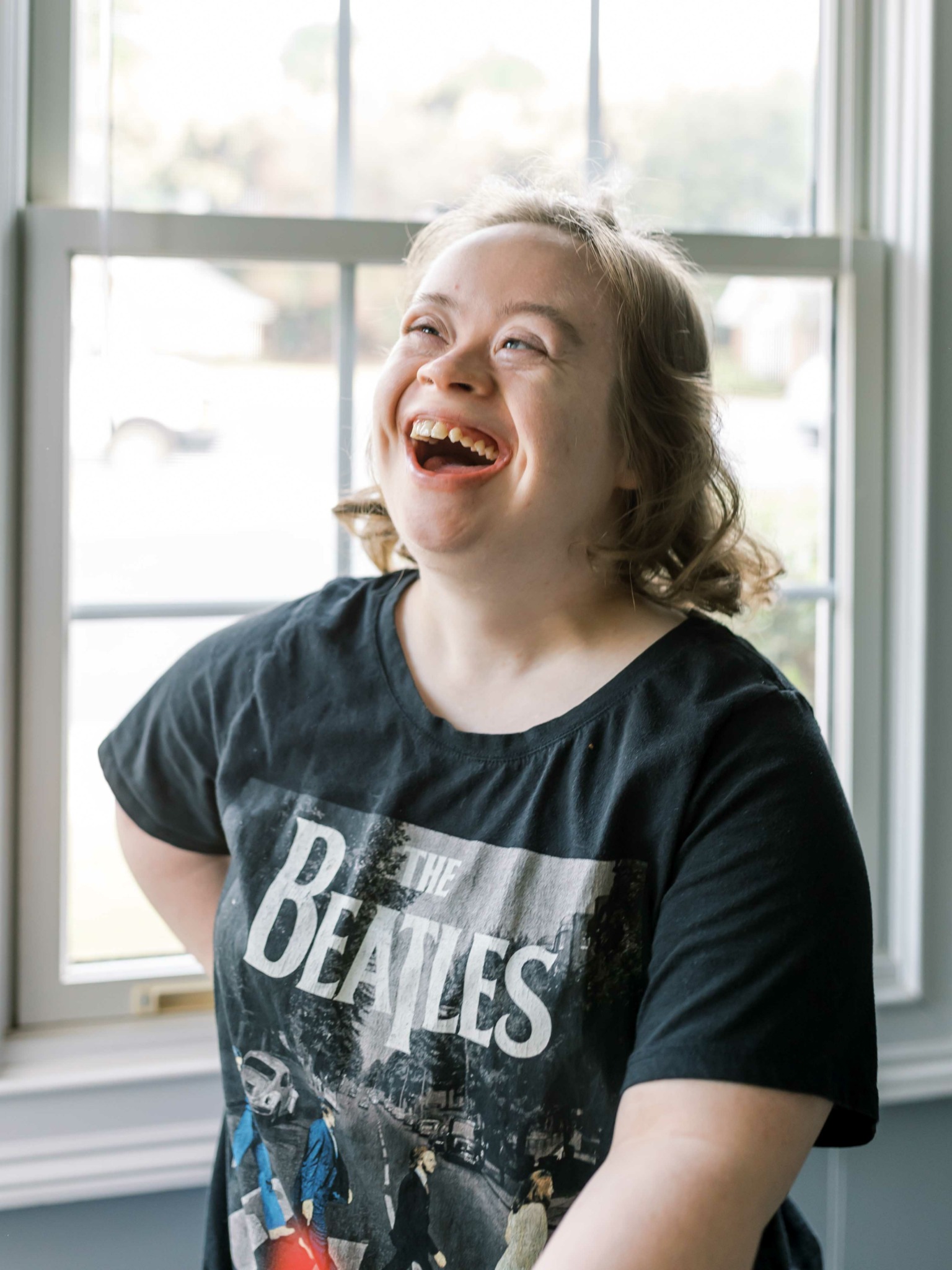
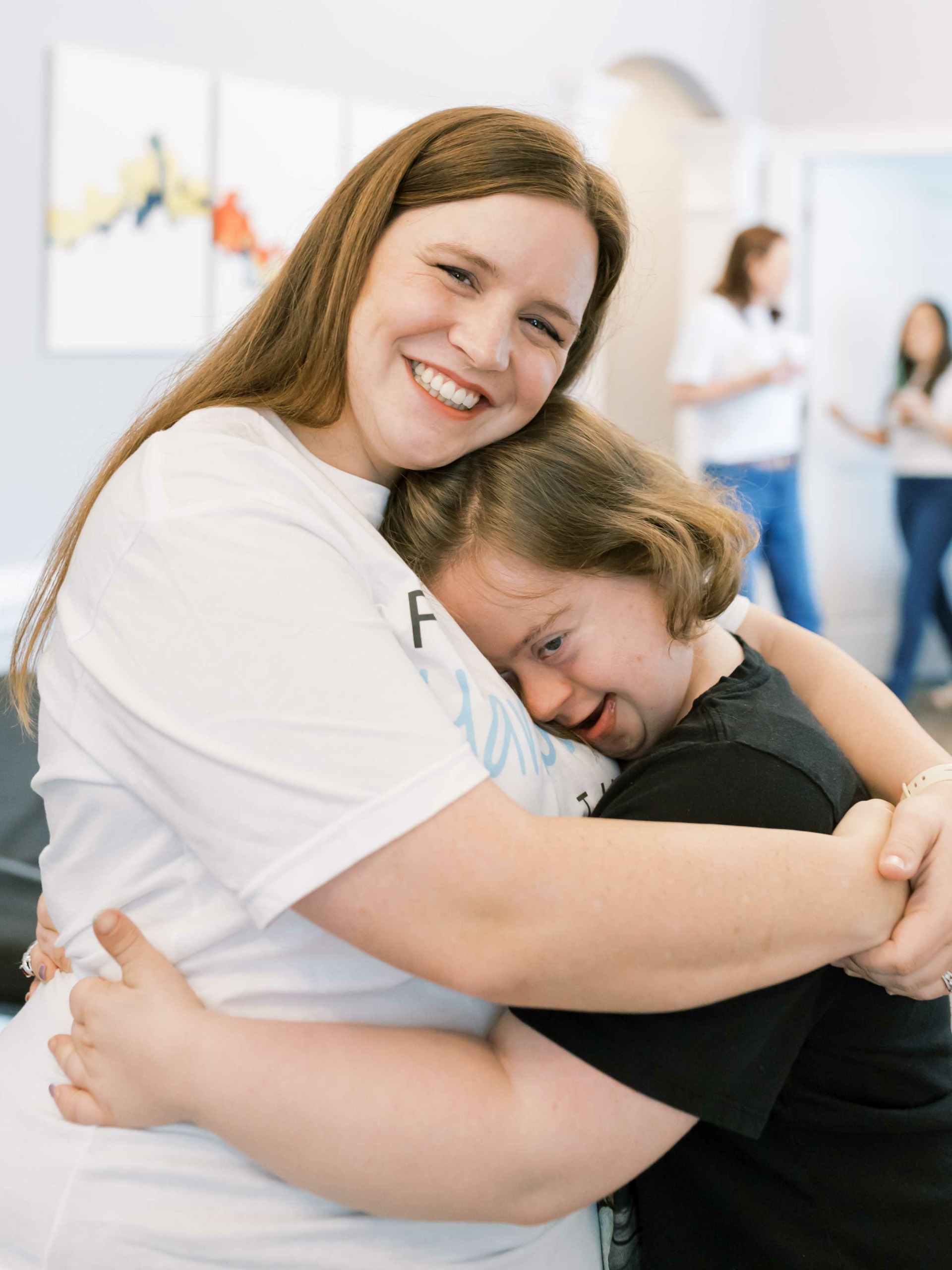

Image Credits
CC Sedar Photography


